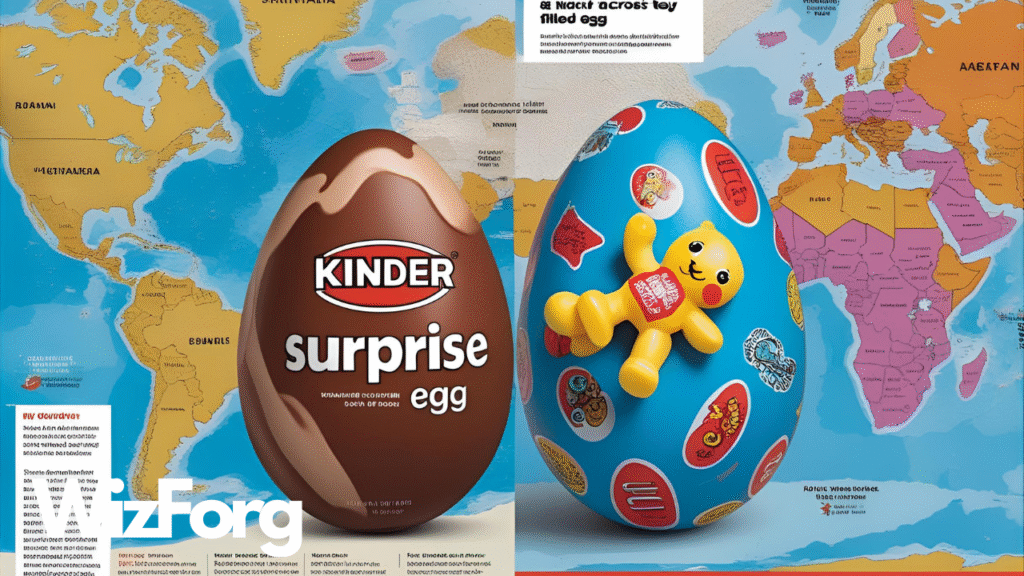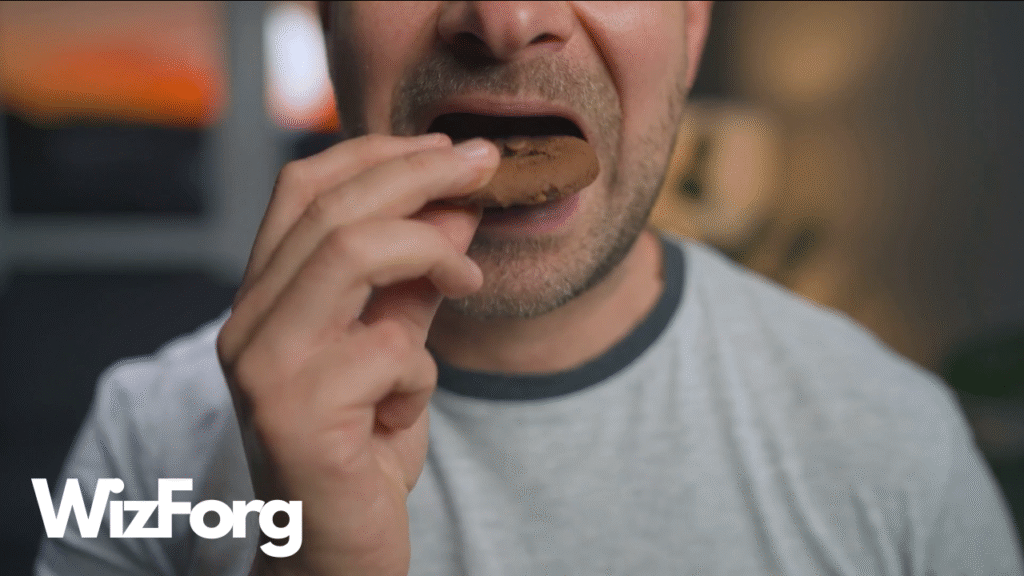At first glance, Kinder Surprise eggs seem harmless. A sweet milk chocolate shell, a bright foil wrapper, and a little toy inside—it’s every kid’s dream. But in some countries, these beloved treats are banned. The twist? It’s not about the chocolate. It’s about what’s inside.
What Is a Kinder Surprise?
Kinder Surprise is a popular treat made by the Italian confectionery company Ferrero. Each egg is made of milk chocolate with a hollow center that holds a small plastic capsule. Inside that capsule? A tiny toy, often requiring assembly. It’s fun, clever, and wildly popular in many parts of the world—including Europe, South America, and Asia.
However, if you attempt to bring one into the United States, for example, you may face a fine or have it confiscated at the airport.
Why They’re Banned in Some Countries
The core issue with Kinder Surprise eggs isn’t sugar or health. It’s a choking hazard. The U.S. Food and Drug Administration (FDA) and Consumer Product Safety Commission (CPSC) have banned the sale of food products that contain non-edible items entirely embedded inside, especially if they pose a risk to children.
Under U.S. law, it’s illegal to sell any food item that contains “a non-nutritive object” if the object is not separable. Because the toy is hidden inside the chocolate and not visible from the outside, it violates this rule.
A Surprising Legal Grey Area
It’s not that toys in food are always banned. The U.S. allows many promotional food items—think of Happy Meal toys or cereal box prizes. However, the difference lies in accessibility: those toys are packaged separately from the food, not embedded in a way that might lead a child to eat them accidentally.
This is why the chocolate itself isn’t illegal—just the way it’s used in Kinder Surprise.
Real Consequences for Travelers
People are often shocked to learn that trying to bring Kinder Surprise eggs into the U.S. can have real consequences. Customs and Border Protection (CBP) agents routinely confiscate the eggs, and in rare cases, travelers have been fined up to $2,500 per egg.
CBP reports that thousands of Kinder Eggs are seized every year. Some travelers even pack them as gifts, unaware of the regulations, only to be stopped and questioned at customs.
So What’s Allowed?
In 2017, a modified version of the candy—Kinder Joy—was released in the U.S. Unlike the original Kinder Surprise, Kinder Joy separates the toy and the chocolate into two halves of a plastic shell. That way, there’s no risk of confusing the two. It complies with U.S. regulations and satisfies safety concerns.
However, many chocolate lovers insist it’s just not the same.
Countries That Ban Kinder Surprise
While the U.S. is the most famous example, it’s not alone. Countries with strict food safety or import regulations may restrict Kinder Surprise eggs, either temporarily or permanently. That said, they’re widely available in Europe and much of the rest of the world.
Final Thoughts
Kinder Surprise may look like harmless fun, but in some countries, it’s a legal no-go. The chocolate is safe—the hidden toy is not. So, if you’re traveling internationally and considering packing a few in your suitcase, be sure to double-check the rules of your destination.
In this case, smuggling a candy could get you into trouble.
Love quirky global laws and surprising food facts? Visit Wizforg.com for more insights, and subscribe to our YouTube channel for the stories no one tells you at the airport.



